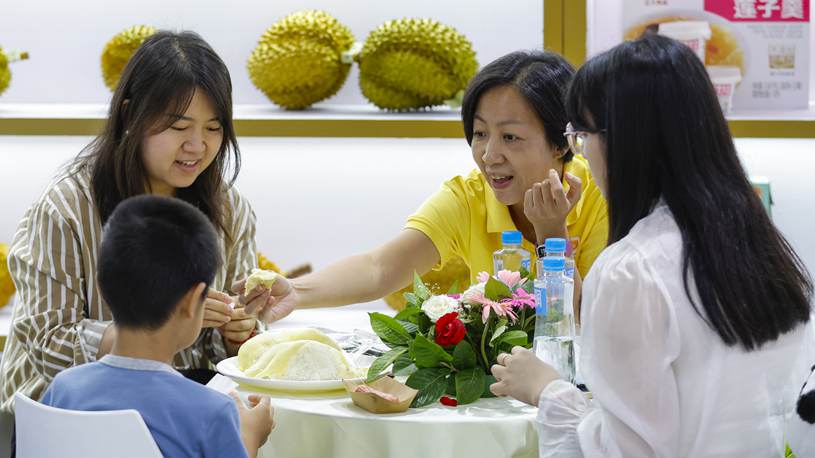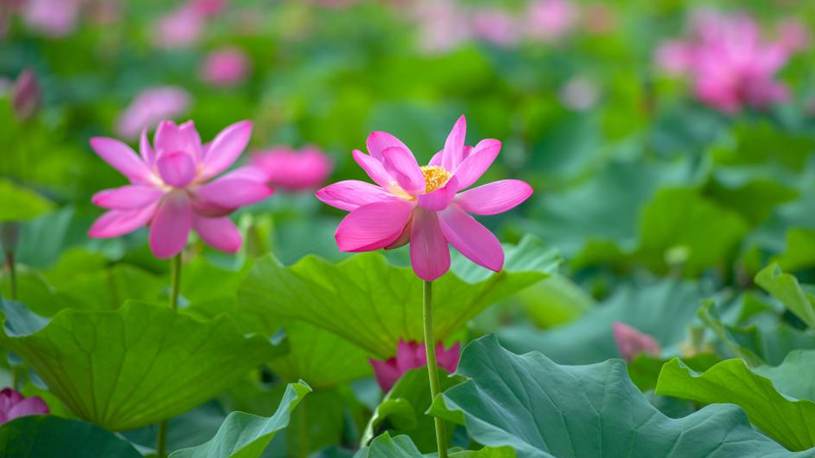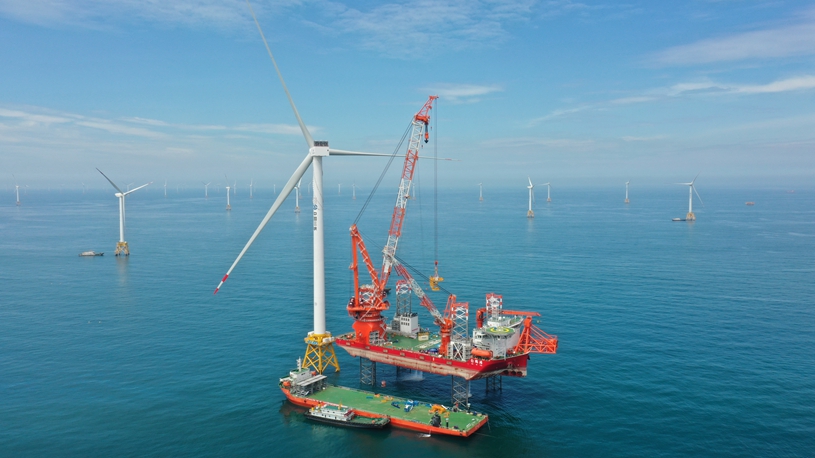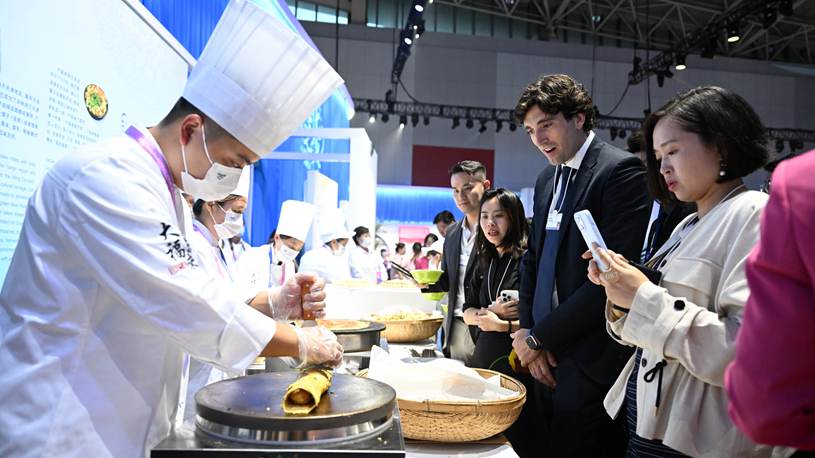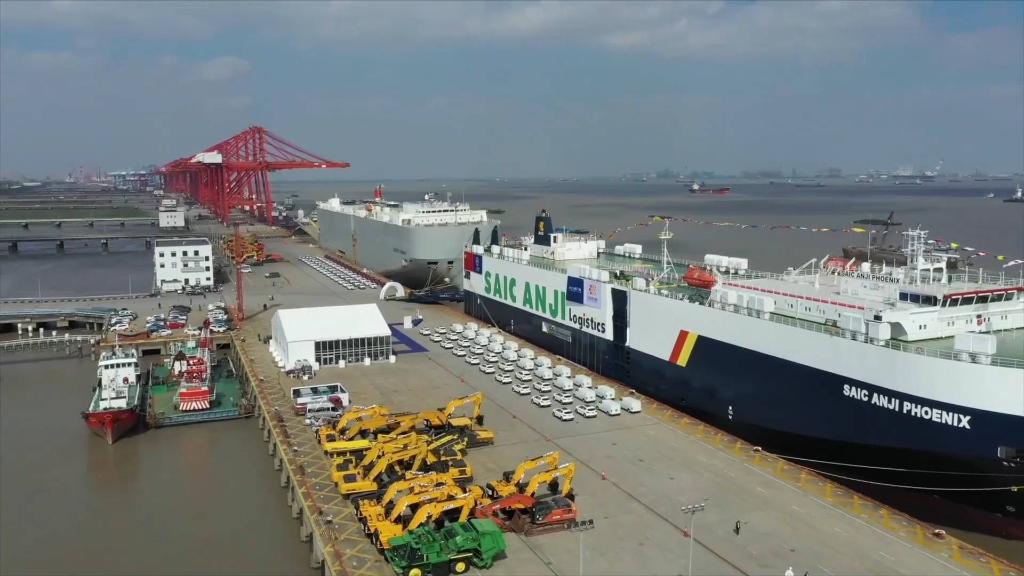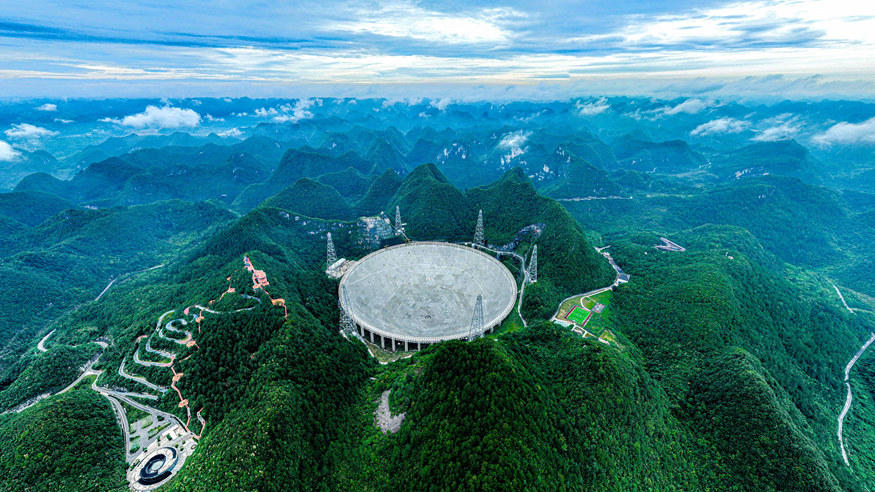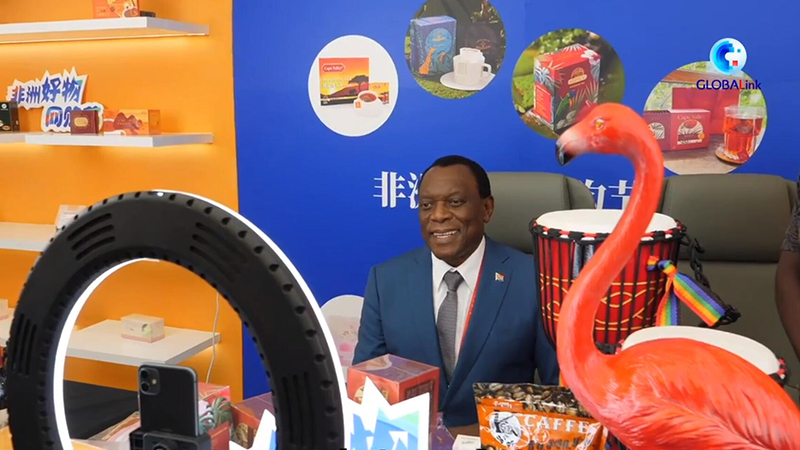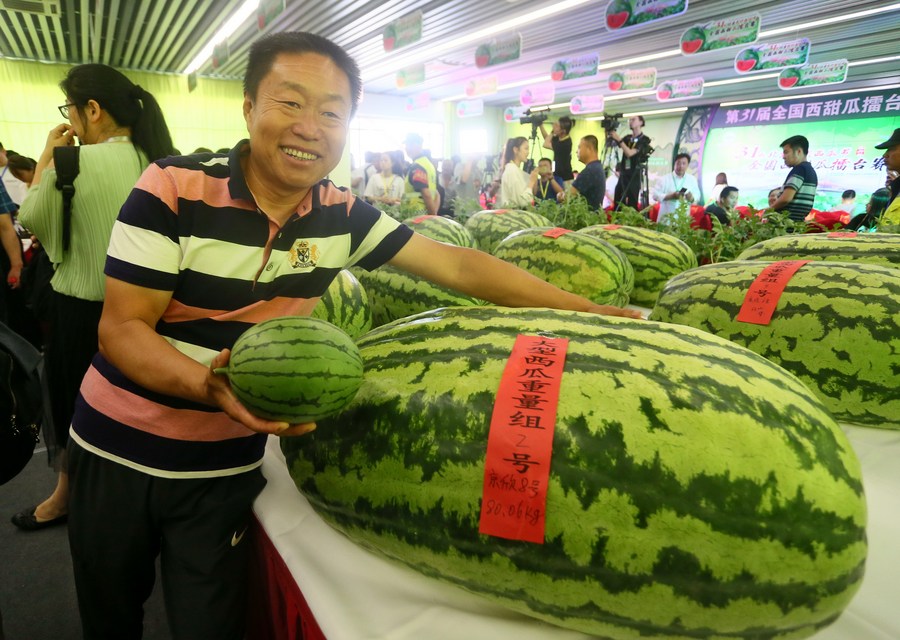
Farmer Li Tiejun takes the first place on a weigh-off contest with a 80.06-kilogram-watermelon during the 31st Daxing Watermelon Festival in Panggezhuang Township of Daxing District in Beijing, capital of China, May 25, 2019. (Xinhua/Li Xin)
BEIJING, June 30 (Xinhua) -- In a commercial greenhouse about 40 kilometers south of downtown Beijing, Li Tiejun is checking the condition of his watermelons.
The 52-year-old farmer runs a watermelon plantation covering an area of 20 mu (around 1.3 hectares) at Panggezhuang, a township located on the alluvial plain of the Yongding River. The greenhouse is one of thousands like it in the area.
The fertile soil contains plenty of trace elements and produces watermelons famous for their sweetness and crisp texture. The town has been long known as China's "Land of Watermelons."
With more than 30 years of experience in the business, Li regards watermelon growing as both a major source of income and an interest.
Li's biggest joy lately is the 74-kilogram watermelon that he grew in his spare time, earning him another win at a nationwide contest held last month. He first won the title in 2019.
To prepare for the contest, Li spent approximately 20,000 yuan (around 2,770 U.S. dollars) building a special greenhouse and cultivated 20 candidate seedlings to produce giant watermelons.
While this year's prize money of 20,000 yuan was just enough to cover the spending, Li said this was "not important" to him. "I worked hard for the competition because I love growing watermelons," he said.
SMALLER AND SWEETER
Besides the large-size champion watermelon, Li has been growing smaller varieties, a new favorite of the market.
Instead of lying on the ground, these watermelons are held aloft by vines running along ropes that hang down from horizontal steel wires. Each is a little bigger than two fists put together.
Small watermelons, such as the L600 variety that Li grows, have replaced medium- and large-sized traditional watermelons and dominated local plantations, said Ha Xuejiao, a senior agronomist at the agricultural services center of Daxing District, where Panggezhuang Township is located.
These varieties became popular for their sweeter and crisper tastes, and a more proper size for small families to share, according to Ha.
It takes approximately 50 days for L600s to grow from pollination to maturity, and each year sees two harvests, said Li.
The average yield is somewhere between 3,000 kilograms and 4,000 kilograms per mu, which earns him an income ranging from 30,000 yuan to 50,000 yuan per mu, according to the farmer.
GROWING WITH TECH
Li attributes his improvement as a farmer to science and technology.
Decades ago, local farmers, including Li, often lived at the mercy of the weather. Li remembers when the covering on his traditional greenhouse was ripped off by gales or punctured by hailstones.
Around 2008, local farmers were introduced to modern greenhouse cultivation technology. Once the steel-framed greenhouses are installed, they can last more than a decade, said Li, referring to the facilities he uses nowadays.
The greenhouses also have roof ventilators, temperature controls and drip-irrigation systems. Farmers use bees to pollinate the plants, a natural process that can help improve the shape and quality of the melons, said Li.
While trying to grow better commercial watermelons, he also plans to participate in next year's watermelon-growing contest.
"I lost to myself this year because the giant melon that made me the first champion in 2019 weighed around 80 kilograms," he said.
"I will harvest an even bigger melon next year and defend the title," said Li.
(Reporting by Li Baijia, Li Rui, Xiang Bingxue, Gong Fuzhi, Fan Baobao and Yu Xiaohua)

